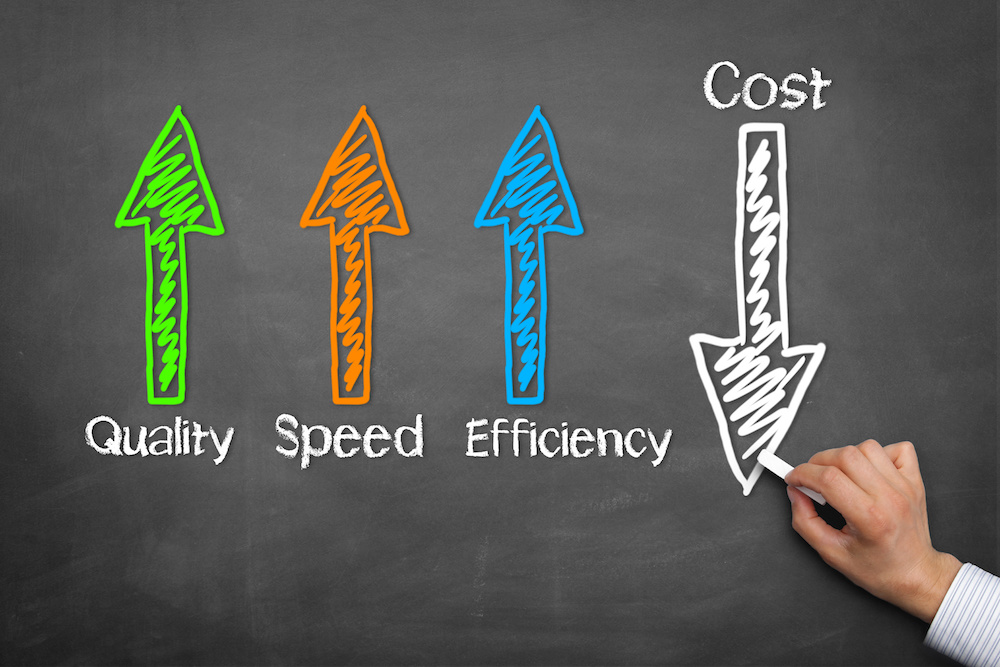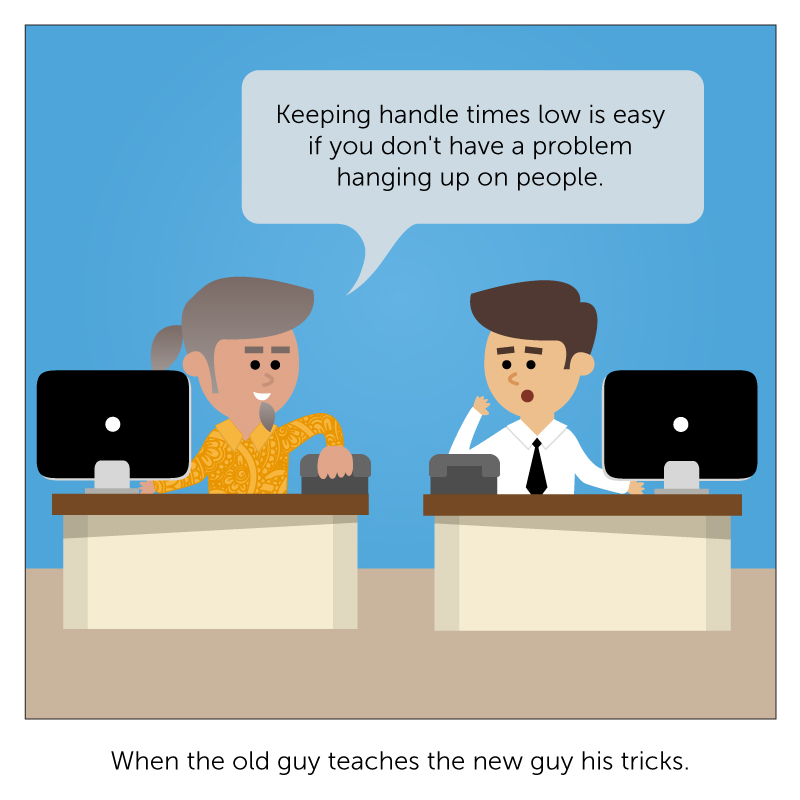“The customer experience is the next competitive battleground.” This was Jerry Gregoria’s fatidic statement just before resigning as Dell’s CIO in 1999. His words have become even more revealing in recent years, especially with advancements in technologies, including the proliferation of digital touch points. PCs, smartphones, tablets, not to mention social media, have profoundly impacted the way companies interact with their most important commodity. Because of this, customers across all demographics now share a common trait: they are empowered. And if companies want to stay competitive, the onus is on them to make the overall customer experience a top priority.
This week, I’m in Tucson attending the 9th annual Frost & Sullivan Customer Contact event. The theme this year is “Rethink, Reinvest, and Revitalize the Customer Experience.” I’ll be writing more about the conference as part of next week’s blog post, but being here reminded me of a story told by Kevin Peters at a similar event last year.
For several years, Kevin served as Office Depot’s North American president. When he was first promoted to that position, Kevin introduced what sounded to some like an all-too simple mandate. “If Office Depot wants to win,” he said, “it needs to differentiate on the customer experience.”
Kevin believed in leading by example. One of his first tasks as the company’s new president was to personally visit his own stores. He set off on a four-month journey with the goal of asking as many customers as possible the same question, “What brings you into Office Depot today?”
What Kevin found at each of his stops was quite telling. While the company as a whole enjoyed positive feedback, they were still missing the mark. The culprit, as Kevin discovered, was that the company was too focused on operational metrics. Instead, he believed, it needed to be far more attentive to engagements, which, he believed, were far more critical to the larger customer experience.
Kevin boiled his findings down to key focus areas of improvement and immediately began the process of rolling out new training and methodology to each of his stores.
As Kevin well knew, improving the customer experience is an ongoing process. And while not every company leader needs to take a four-month road trip, the question Kevin asked Office Depot customers is one we should have at top of mind each time we engage with our customers. In contact centers, this “what brings you to us today?” focus should be applied to not only agents who interact with customers, but also to the tools we use to serve our customers each time they reach out to us. Understanding your customer and how they interact with your business is the first step towards not only driving improved value and repeat business, but also critical in establishing a more holistic customer relationship.
I like to refer to this relationship as the customer journey.
Within contact centers, a customer journey consists of multiple engagements. Each engagement is an issue the customer is trying to solve, and consists of one or more customer interactions. A customer interaction is, from the customer’s point of view, a block of time the customer spent working on the issue. Each customer interaction typically consists of multiple transactions – that is, it touches multiple systems within the contact center. As a result, organizations have phenomenal insights into customer behavior and – as such – can dramatically improve their customer interactions and ultimately their relationships.
With these insights you can change the focus of your call center from promoting efficiencies and cutting costs to making your customers happier, becoming easier to do business with, and driving better business outcomes. To date, contact centers have focused on cost and operational efficiency. But what if this is the wrong approach to growing the business? What if focusing on efficiencies means that the organization is squandering its best asset—its existing customers—or failing to convert many of its best prospects? And how would you even know if this is the case?
I’ve just completed a white paper about how organizations can vastly improve customer experience by first focusing on engagements. As part of my paper, I discuss the importance of knowing what to measure and why. The idea is that companies should then analyze the sum of these engagements to help them better understand the entirety of the larger customer journey. I invite you to read “Engagements: The Key to the Customer Journey” and look forward to continuing the customer engagement analytics conversation here next week.







